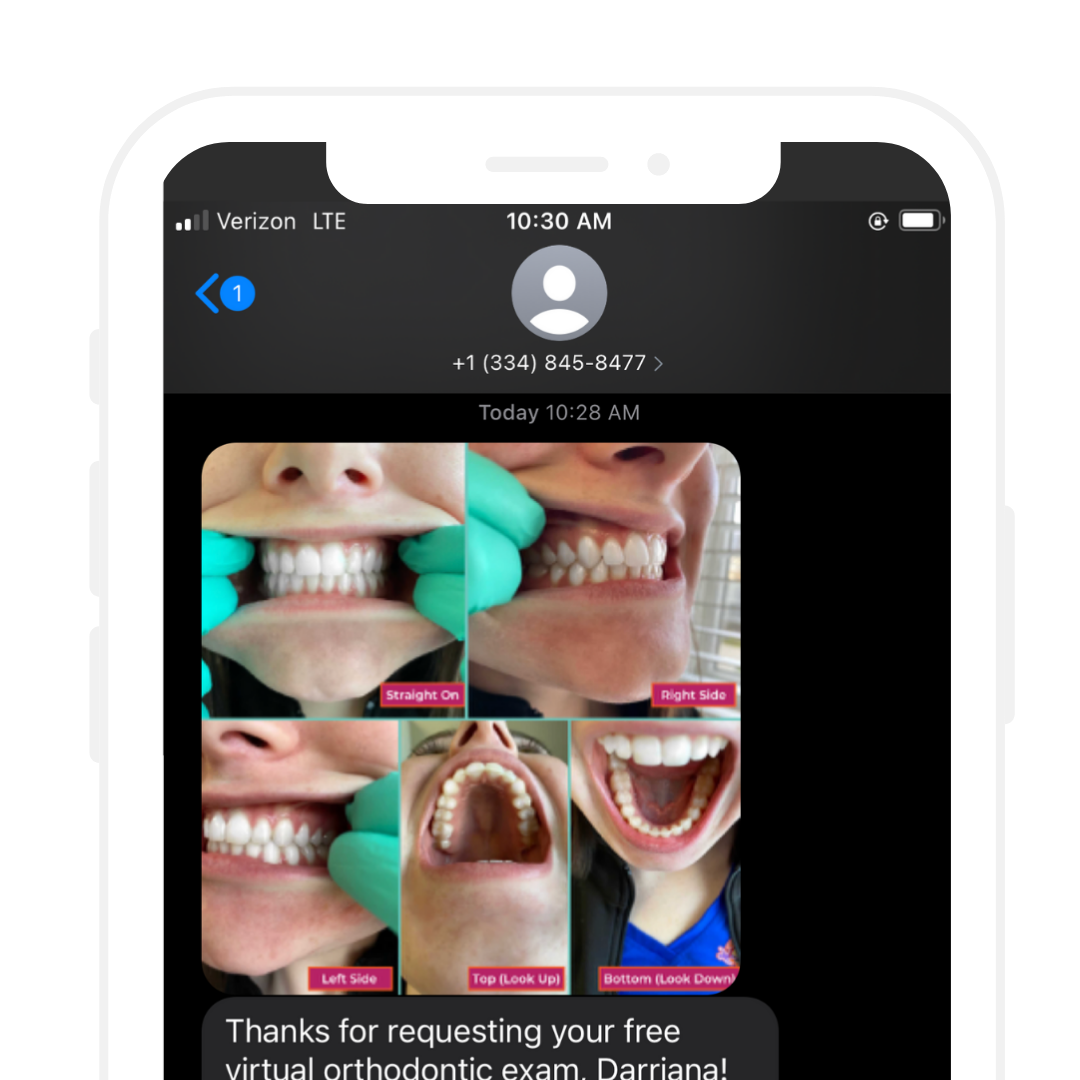How Do I Brush My Teeth With Braces?
How to Brush Your Teeth With Braces
How to Adjust Your Expander
Congratulations on starting orthodontic treatment! Here are a few tips to keep your smile at its best during your treatment.
It is especially important during orthodontic treatment to brush and floss properly. Without good dental hygiene, plaque and food can accumulate around your braces. The bacteria in plaque react with sugars and starches in the food you eat and form an acid that can eat away the enamel on your teeth, leading to permanent white marks, cavities, or gum disease. To avoid this, make sure to brush 5 TIMES A DAY and floss EVERY NIGHT. Brush your teeth thoroughly after every meal or snack. If you can’t brush right away after a meal, be sure to at least rinse your mouth well with water until you can brush. At least once every day, clean between your teeth, then brush your teeth and braces thoroughly until they are spotlessly clean. The best time of the day to thoroughly clean your teeth and braces is at night before you go to bed. Tip: Carry a travel toothbrush so that you can brush when away from home.
PLAQUE IS THE ENEMY
Plaque is a sticky, colorless film that collects on your teeth. It’s composed of bacteria, food debris, and saliva. When plaque and trapped food are left on your teeth and around your braces, they can cause cavities, swollen gums, bad breath, and permanent marks on your teeth.
To clean between your teeth, floss every night before you go to bed. If you use regular floss, it might be necessary to use what’s called a floss threader. This reusable tool allows you to get dental floss underneath your archwires easily. Another more convenient option is pre-threaded floss. Either way, be sure you clean carefully along and under the gumline. And as with anything, a little practice will make it go a lot easier. If necessary, supplement flossing with an interproximal brush.
What Happens If I Don’t Follow These Guidelines During Treatment?
Things like not wearing your rubber bands or removable appliances will cause longer treatment times and can result in additional fees. Certain guidelines are in place to make sure your braces or appliances do not break. After 3 broken brackets, each additional broken bracket will be $35/bracket.
The white spots left on your teeth around your braces from poor oral hygiene are called decalcification. If decalcification occurs, Icon treatment may be needed in severe cases to remove the white spots. This treatment is $250.
If gums become inflamed and overgrown, a gingivectomy may be needed to reshape the gums and display more teeth. This treatment is $250.
Foods/Actions to Avoid
- Popcorn
- Sticky candy
- Sugary, crunchy, sticky, chewy, and hard foods that can break your braces
- Eating ice
- Chewing on pencils or pens
- Biting into whole apples
Other Hygiene Helpers
INTERPROXIMAL BRUSH
This tool slips under your archwire to help you remove plaque and food particles around your brackets and between teeth. There are varying sizes of interproximal brush heads available so choose a size that matches the space between your teeth.
FLUORIDE TOOTHPASTE OR FLUORIDE RINSE
Use a fluoride toothpaste as part of your cleaning routine. For the best results, use a fluoride rinse with your interproximal brush to deliver maximum fluoride protection to your teeth. Your orthodontists may recommend the daily use of a prescription fluoride toothpaste or fluoride rinse.
POWER TOOTHBRUSH
These devices are designed to make brushing easier and more efficient. Ask your orthodontist if a power toothbrush would be helpful during your treatment.

